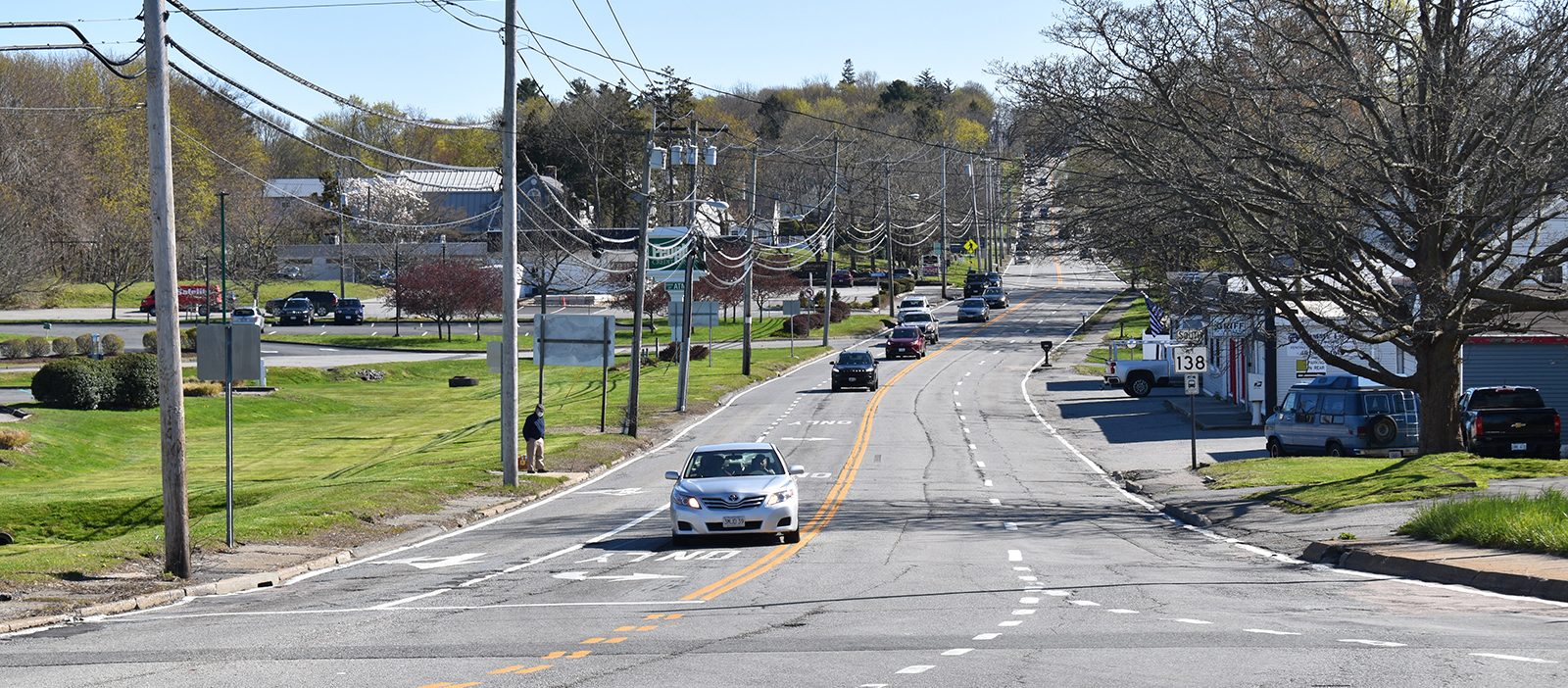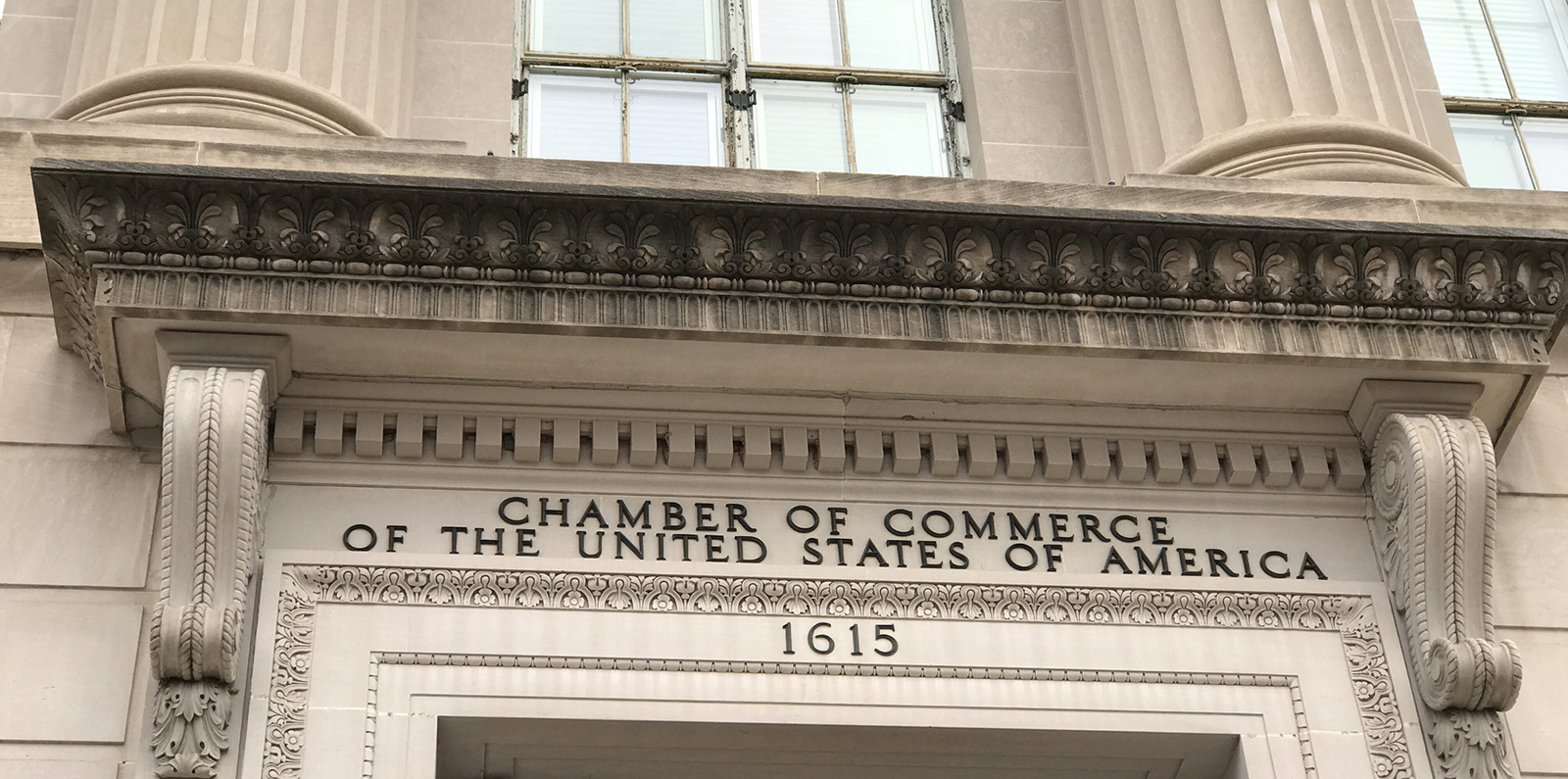Wasted, Poisoned, Stolen, and Dehydrated: Freshwater Sources Running on Empty
October 12, 2023
The oceans aren’t the only waters taking a beating at the hands of the most common and widespread species of primate on the planet. The elixir that sustains life is constantly abused and foolishly taken for granted by Homo sapiens.
When it comes to drinking water, climate pressures (most of which are caused by humans) and human idiocy apply an immense amount of pressure. The faucet is leaking. The dam is close to bursting.
More frequent and heavy rains are threatening drinking water sources. Stormwater runoff and floodwaters are washing polycyclic aromatic hydrocarbons, sewer overflows, and nutrients, mainly nitrogen and phosphorous from overfertilized lands, into reservoirs. The taxpayer/ratepayer cost to treat these perverted sources continues to rise.
The creep of seawater — thanks to sea-level rise and storm surge that is reaching further inland — into private wells and freshwater aquifers is a growing problem for coastal states, including the Ocean State. Prolonged drought and relentless development are forcing the pumping of more groundwater, which further impacts already stressed aquifers and private wells. It’s a vicious cycle that begins and ends with the burning of fossil fuels.
“Rising air and water temperatures and changes in precipitation are intensifying droughts, increasing heavy downpours, reducing snowpack, and causing declines in surface water quality, with varying impacts across regions,” according to the Fourth National Climate Assessment. “Future warming will add to the stress on water supplies and adversely impact the availability of water in parts of the United States.”
Corporations take it from nature, lock it in petroleum packing, and sell it for a profit. The global bottled water market, estimated at $286.3 billion in 2022, is projected to reach $484.7 billion by 2030, according to a new report.
(By the way, while bottled water manufacturers, overseen by the Food and Drug Administration and not the Environmental Protection Agency, are required to do regular testing of their source water and products, they are not required to use state-certified laboratories. In fact, many bottlers do their own testing, and it’s rare for the FDA to take samples to independently confirm the corporations’ results. In general, FDA inspections typically focus on conditions at a facility rather than water quality. In contrast, the EPA requires regular testing of tap water by certified laboratories and routine reporting to state and/or federal officials.)
It is stolen from stressed rivers, reservoirs, aquifers, and Indigenous people to water our desolate outdoor carpets, to build desert casinos and waterparks, and to grow alfalfa, one of agriculture’s thirstiest crops, in Arizona to feed cows in Saudi Arabia. A study published in May provides a terrifying look at the amount of water we waste.
More than half of the world’s large lakes and reservoirs have shrunk since the early 1990s, according to the study published in the journal Science, mainly because of the climate crisis and human consumption. This accelerating evaporation of H2O has intensified concerns about the supply of water for agriculture and human consumption.
The team of international researchers found that some of the world’s most important freshwater sources have lost water at a cumulative rate of about 22 gigatonnes — 1 gigaton equals 2.2 trillion pounds — annually for nearly three decades, roughly the equivalent of total water use in the United States in a year.
We make it undrinkable by contaminating it with countless chemical concoctions.
This past summer the Rhode Island Department of Health issued “do not drink” orders to three different water systems because of the heavy presence of toxic per- and polyfluoroalkyl substances, more commonly known as PFAS or forever chemicals. These human-made compounds are floating around, in various concentrations, in most Rhode Island drinking water supplies.
Every year about 3.3 million tons, or some 6.6 billion pounds, of agricultural pesticides are applied worldwide. This vast amount of poison doesn’t magically disappear when the targets are eliminated. These toxic brews don’t just kill aphids, corn rootworms, Japanese beetles, stink bugs, and whiteflies. They also poison pollinators and other beneficial insects, and the environment.
Pesticides travel far and wide after initial agricultural application, leaching into soils, oceans, and freshwater sources such as aquifers and rivers, according to a study published in July in the journal Nature.
The global study analyzed the geographic distribution of 92 of the most commonly used agricultural pesticides and found that about 77,000 tons of potentially harmful chemicals leach into aquifers each year, impacting ecosystems and freshwater resources.
The study’s authors noted their figures are conservative because not all pesticides were included in the analysis. Legacy pesticides and those used in aquaculture, private dwellings, and public spaces were not included — meaning the risk of these chemicals to ecosystems and people is likely much higher.
In May, the corrupted Supreme Court, in a 5-4 decision, rolled back critical protections under the nation’s Clean Water Act. The court placed restrictions on which wetlands are protected by the 51-year-old law. All nine justices agreed there were no protected wetlands on the property in the Sackett v. EPA case. But five of them — John Roberts, Clarence Thomas, Neil Gorsuch, Amy Coney Barrett, and Samuel Alito — went further. The majority opinion focused in part on defining the word “adjacent” to mean inseparable — a stricter interpretation of the law that will leave more wetlands unprotected.
Wetlands filter stormwater, absorb floodwaters, and protect drinking water supplies. These free ecosystem services and the many others provided by Mother Nature, however, are no match for our unquenchable thirst to build parking lots, office parks, casinos, and wasteful, massive homes and our desire to poison ourselves.
Note: The photo was taken in upstate New York.
Frank Carini can be reached at [email protected]. His opinions don’t reflect those of ecoRI News.




Frank…thank you for this seething critique! These are all of the reasons that I’ve created the project “Bodies of Water, Bodies of Land, Bodies”. I’m in the process of collecting the url’s from your site to create QR codes for each installation. I had not previously read this piece and I love it. It will be used repeatedly. Thank you!